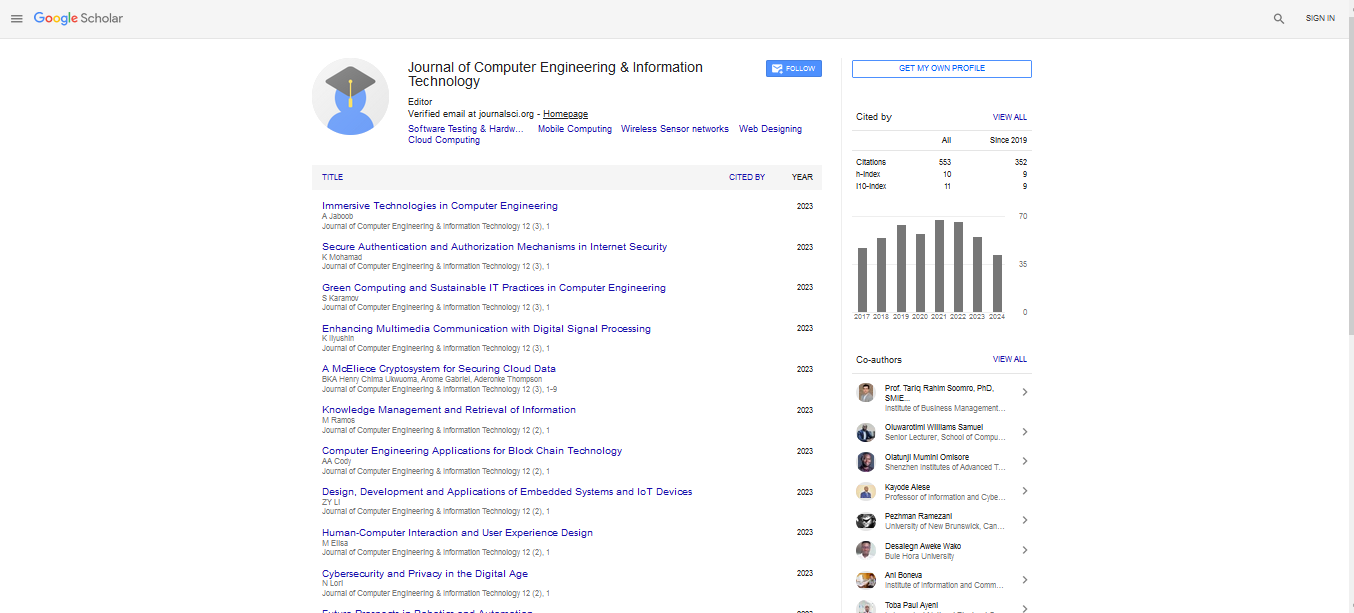Sovereign credit ratings analysis using the Logistic Regression Model
Oliver Takawira
Lecturer: Department of Finance and Investment Management (DFIM)
: J Comput Eng Inf Technol
Abstract
This study is an empirical analysis of sovereign credit ratings (SCR) in South Africa (SA) using Logistic Regression (LR) to identify their determinants and forecast SCRs. Data of macroeconomic indicators including SCRs from 1999 to 2020 in quarterly format were classified and analyzed to identify indicators utilized by Credit Rating Agencies (CRAs) and then predict future ratings CRAs take various information from political, infrastructure, financial, economic, regional, local, and other factors pertaining to a country and assess the ability of that country to pay its debt. This information is then presented through a grading scale termed rating, with the highest rating country being highly creditworthy and lowest rating likely to default. There are 3 major CRAs namely Fitch, Moodys and Standard & Poors. The study identified the use of different macroeconomic indicators by CRAs as well as different techniques in assessing and assigning sovereign credit ratings. The study points out that Household Debt to Disposable Income Ratio (HDDIR) was the most influential variable on SCRs. HDDIR, exchange rates and the inflation rate were the most crucial variables for guessing credit ratings. Policymakers should aim to reduce household debt in relation to disposable income, implement policies that strengthen the local currency and stabilize as well as lower inflation. Investors should watch out on nations that have high household debt levels as this may spill over into credit risk. Keywords: Sovereign Credit Ratings; Macroeconomic indicators; and Logistic Regression
Biography
Sovereign Credit Ratings; Macroeconomic indicators; and Logistic Regression
 Spanish
Spanish  Chinese
Chinese  Russian
Russian  German
German  French
French  Japanese
Japanese  Portuguese
Portuguese  Hindi
Hindi 